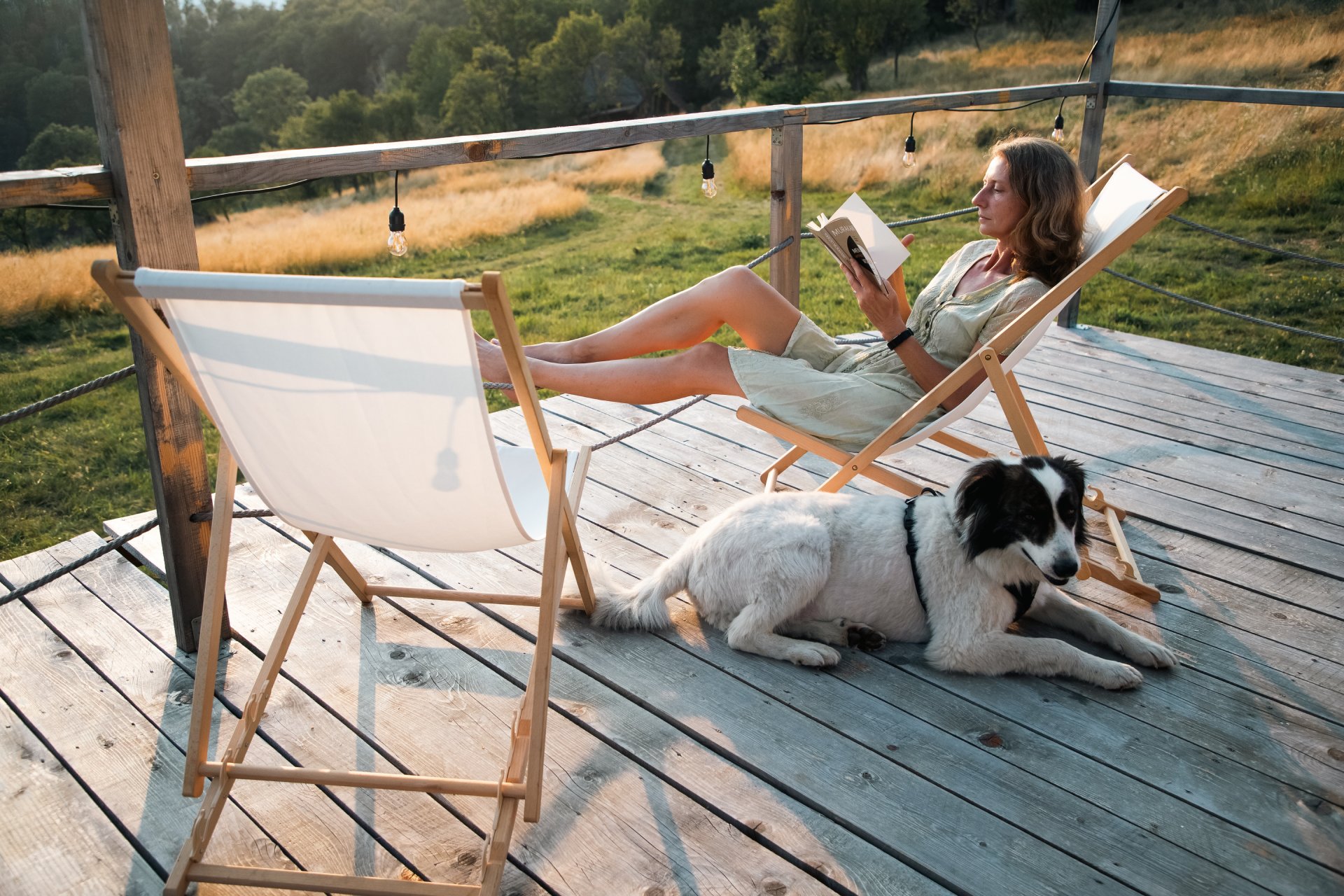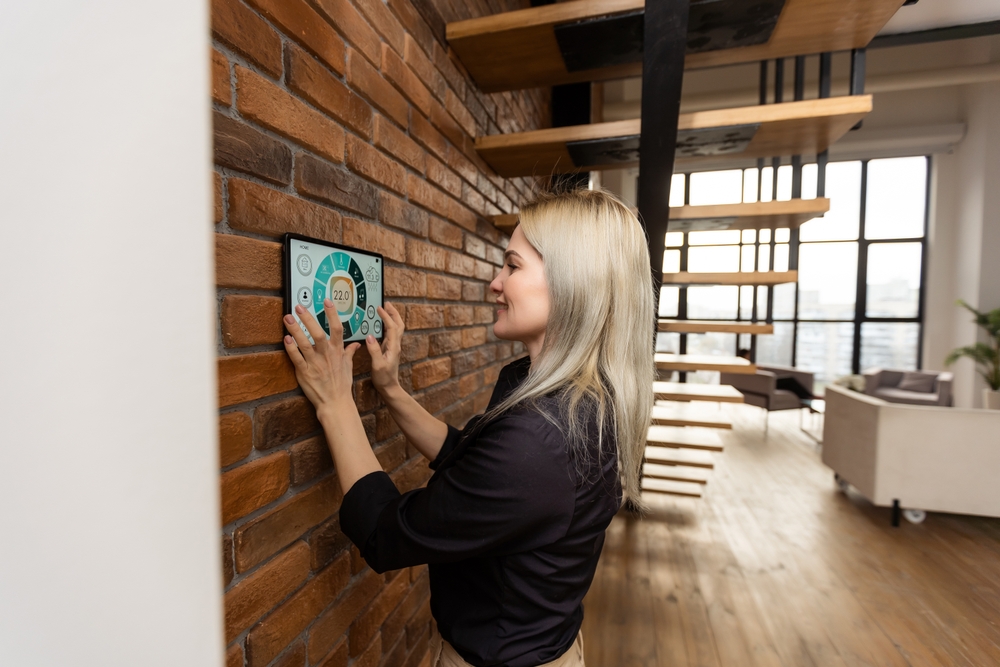Australian cities are becoming more connected, sustainable, and people-focused, and one key driver of this shift is the rise of smart street furniture in Melbourne and other major cities. From park benches that charge mobile devices to bus shelters equipped with real-time transit updates, urban infrastructure is evolving into technology-enabled solutions that improve liveability and efficiency. Councils and city planners are recognising that modern streetscape furniture can provide not only comfort but also data, energy savings, and community benefits.
What Is Smart Street Furniture?
Smart street furniture refers to everyday public assets—such as seating, lighting, shelters, and waste systems—that integrate technology to provide additional functionality. Instead of being static, these pieces now interact with people and the environment, creating a more connected urban experience.
Examples Already in Use Across Australia
1. Smart Park Benches
Across major cities, smart park benches have begun offering USB charging, Wi-Fi access, and even solar-powered lighting. Some models also monitor air quality, temperature, and pedestrian foot traffic, providing councils with valuable urban data. For residents, this makes green spaces more accessible and practical, particularly for those who spend long hours outdoors.
2. Bus Shelters with Real-Time Information
Upgraded bus shelters are transforming public transport by including digital screens that display live arrival times, service updates, and safety messages. Many are also solar-powered, reducing energy consumption. By making transit more reliable and user-friendly, these shelters encourage greater public transport use, aligning with Australia’s sustainability goals.
3. Smart Waste and Recycling Systems
Smart bins, now appearing in public precincts, use sensors to alert maintenance teams when they need emptying. This reduces unnecessary collection trips, cuts fuel emissions, and ensures cleaner streets. Linking these systems to apps allows councils to track waste patterns and adjust collection routes for efficiency.
Why Smart Street Furniture Matters
The integration of technology into everyday public assets is not just about convenience. It reflects a wider commitment to sustainability, accessibility, and efficiency. Some of the main benefits include:
- Energy efficiency – Solar-powered elements reduce reliance on the grid.
- Data-driven decision making – Sensors provide real-time insights into usage and environmental conditions.
- Community connection – Wi-Fi hotspots and device charging points keep people engaged and connected in public spaces.
- Safety and accessibility – Digital information displays support people with diverse needs, making cities safer and more inclusive.
Looking Ahead: What’s Next for Australian Cities?
Urban planners and councils are exploring how smart street furniture in Melbourne and beyond can continue to enhance liveability. In the near future, we can expect:
- Expanded sensor use – More widespread adoption of environmental and pedestrian sensors.
- Integration with smart transport – Linking bus shelters with broader smart city systems, like autonomous vehicle updates.
- Sustainable design innovation – Greater use of recycled materials and renewable energy in manufacturing.
- Interactive community features – Public engagement tools, like interactive screens or QR codes, sharing local history or event updates.
Building Cities That Work for Everyone
As technology continues to evolve, the real opportunity lies in combining functionality with design, ensuring that street and park furniture serves both immediate community needs and long-term sustainability goals. Smart infrastructure isn’t just about innovation—it’s about building cities that work better for everyone.
The shift toward smart street furniture in Melbourne and other cities represents a practical step in making urban environments more efficient, inclusive, and sustainable. From Wi-Fi-enabled park benches to solar-powered bus shelters, these upgrades are reshaping how people experience public spaces while helping councils better manage resources.






